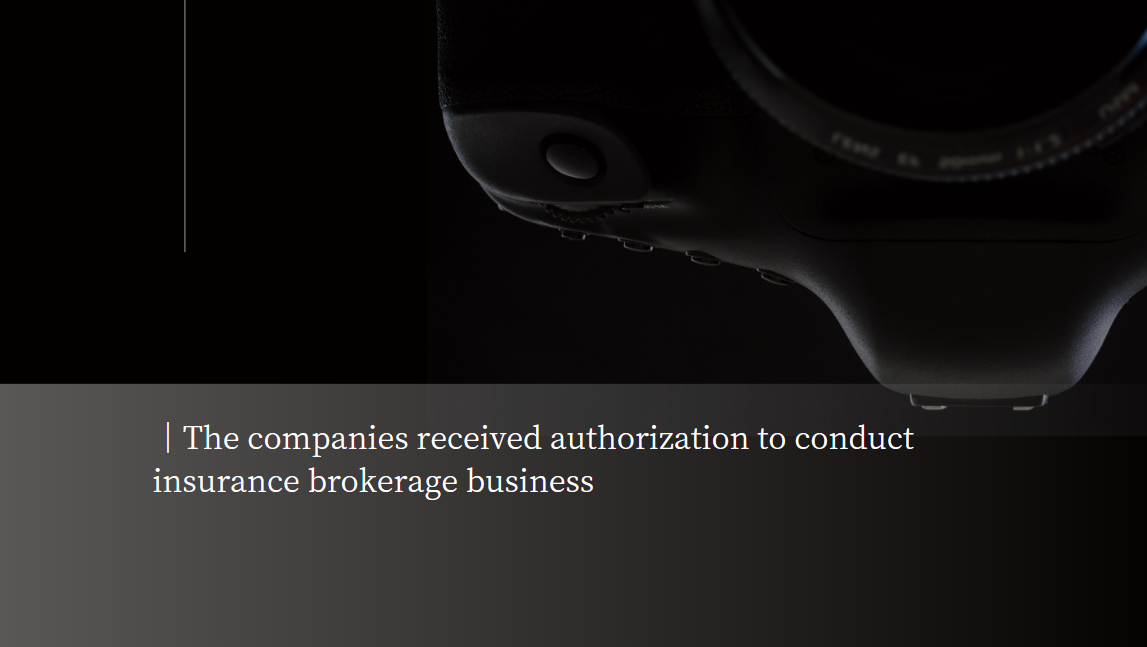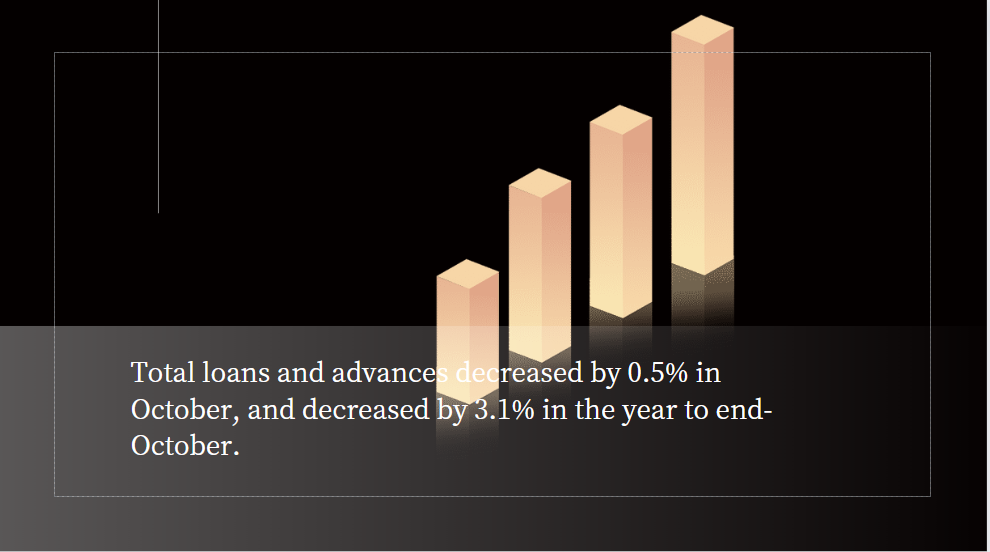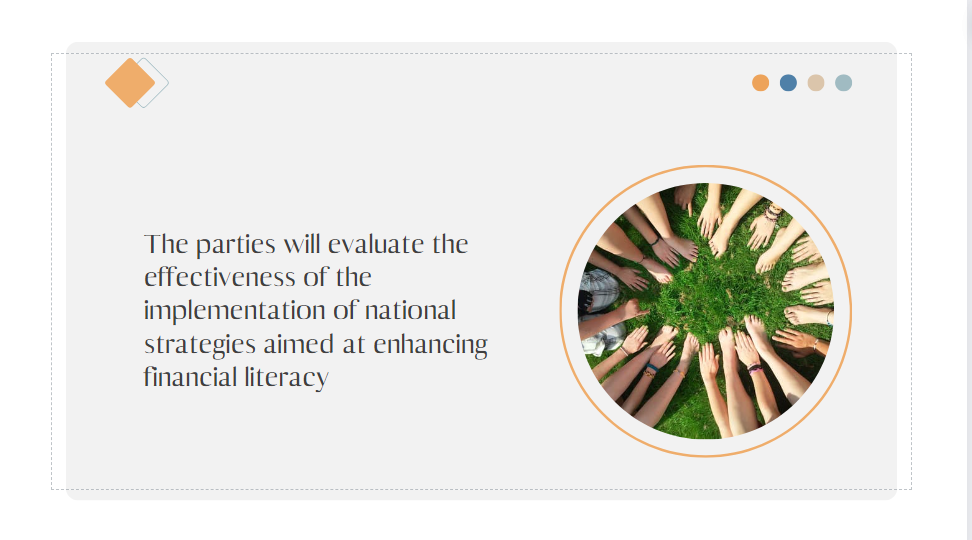Beijing bourse on cusp of IPO spurt
The Beijing Stock Exchange is likely to see a significant rise in initial public offerings next year as it enters a fast lane of development amid the country's ramped-up efforts to strengthen financial support for technological innovation, market experts said.
Nevertheless, they cautioned that the two-year-old bourse still has a long journey ahead to achieve its goal of becoming a primary hub for serving innovation-oriented small and medium-sized enterprises, urging efforts to ensure top quality of listed firms as the exchange expands.
Sun Lijun, co-head of global banking of UBS Securities, said IPOs on the BSE are likely to significantly increase next year as the exchange enriches the channels for companies to go public while improving market liquidity allows issuers to receive higher valuations.
"The BSE is gradually becoming a sought-after listing venue for SMEs," he said, adding that a total of 27 firms, initially aiming to list in Shanghai or Shenzhen, have switched their intended listing venue to Beijing as of Monday this year.
According to data compiled by China International Capital Corp, the BSE has seen 70 IPOs since the beginning of the year to Friday, raising 13.21 billion yuan ($1.85 billion) in all. The proceeds accounted for 3.89 percent of the whole Ashare market over the same period, up from 2.81 percent in 2022.
The 19 reform measures unveiled by the China Securities Regulatory Commission on Sept 1 ignited the IPO race. The measures aim to build the BSE into a first-class exchange with brand appeal and market influence.
Specific measures include allowing companies to get listed directly — without the compulsory need to be traded on the National Equities Exchange and Quotations system for 12 months, increasing the number of market makers, easing investor suitability standards and introducing more institutional investors.
According to Sun, before the rollout of the reform measures, the BSE was typically deemed to have market liquidity and valuation levels inferior to its Shanghai and Shenzhen peers. Many companies only opted for Beijing as their listing venue when they were not qualified to list in Shanghai or Shenzhen.
This narrative has changed as the latest reforms triggered a substantial improvement in the valuation and liquidity of Beijing-listed companies, Sun said, adding that the wave of SMEs seeking floats in Beijing is expected to further strengthen after the bourse launches detailed rules for companies getting listed directly.
On Wednesday, the BSE 50, an index tracking the Beijing bourse, plunged by 7.32 percent to close at 977.93 points. Even with the retreat, the index is up by 38 percent since late October. It touched 1,114.26 points on Monday, the highest level since July 2022.
Zhou Yunnan, founder of private fund manager Beijing Nanshan Capital Investment Co Ltd, said the Beijing bourse — where stocks have an average price-to-earnings ratio of about 20 — is still undervalued compared with Shanghai's STAR Market and Shenzhen's ChiNext, and hence has the potential to see further improvements in valuation.
Yang Haiping, a researcher at the Central University of Finance and Economics' Institute of Securities and Futures, said the bourse must prioritize the quality of companies listing on it, given the strong prospects for a spurt in IPOs.
Yang further said efforts should be made to firmly hold intermediary organizations accountable for any misbehavior, ensure that the exchange strictly implements IPO reviews, intensify the cost of illegal activities and implement delisting rules properly.
The Beijing bourse said on Monday it has strengthened supervision of abnormal trading behavior such as price manipulation. It has taken 93 measures like issuing warning letters last week.
Efforts to boost the Beijing bourse are part of the country's stepped-up efforts to strengthen all-round financial support for technological innovation. At a meeting of the CSRC and other authorities last week, it was stressed that a comprehensive, multilayered financial services system to support technological innovation should be optimized, covering credit, bond, equity, insurance, venture capital and financing guarantee segments.






















































First, please LoginComment After ~